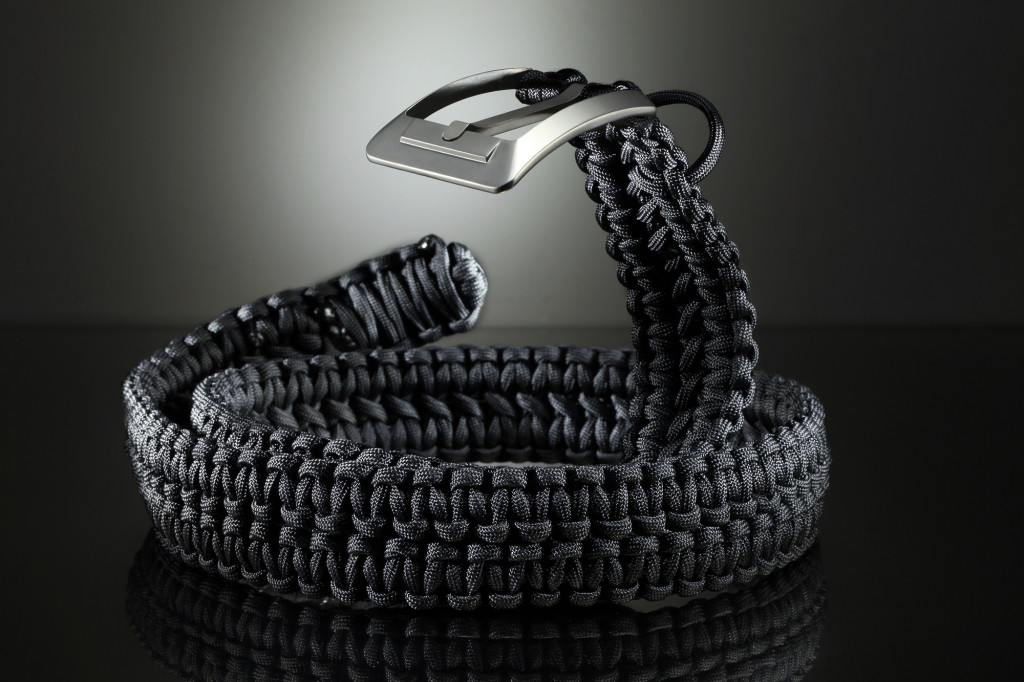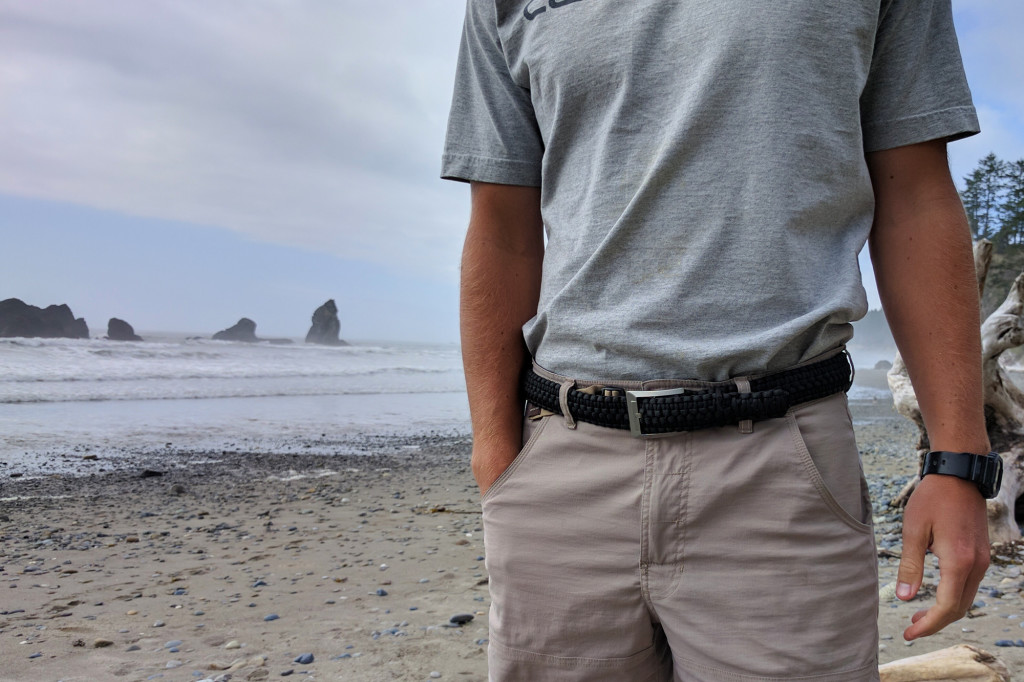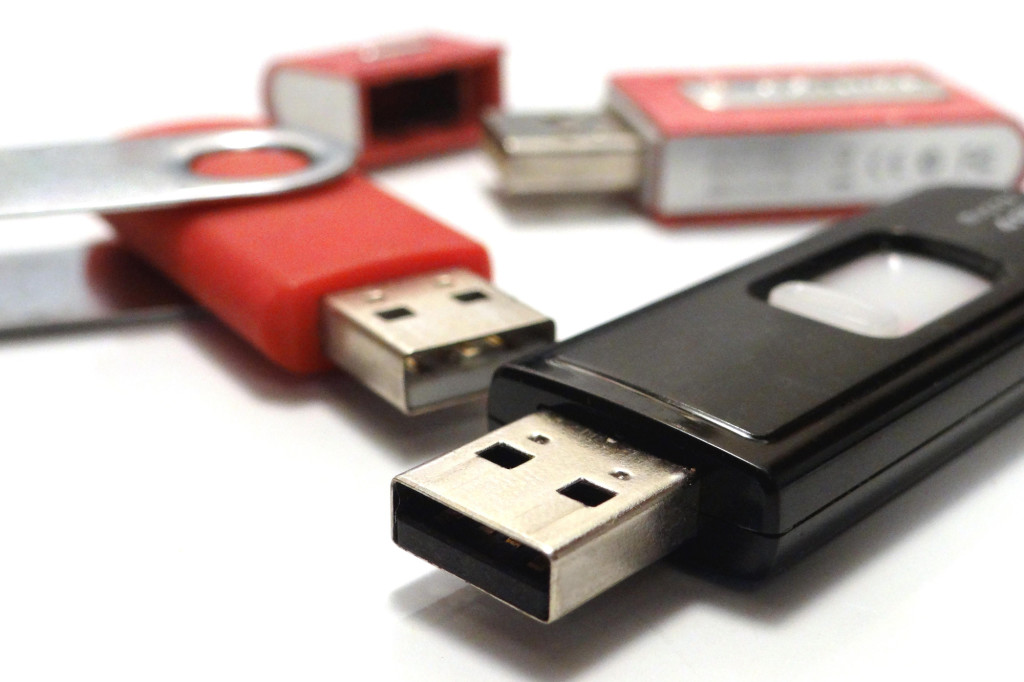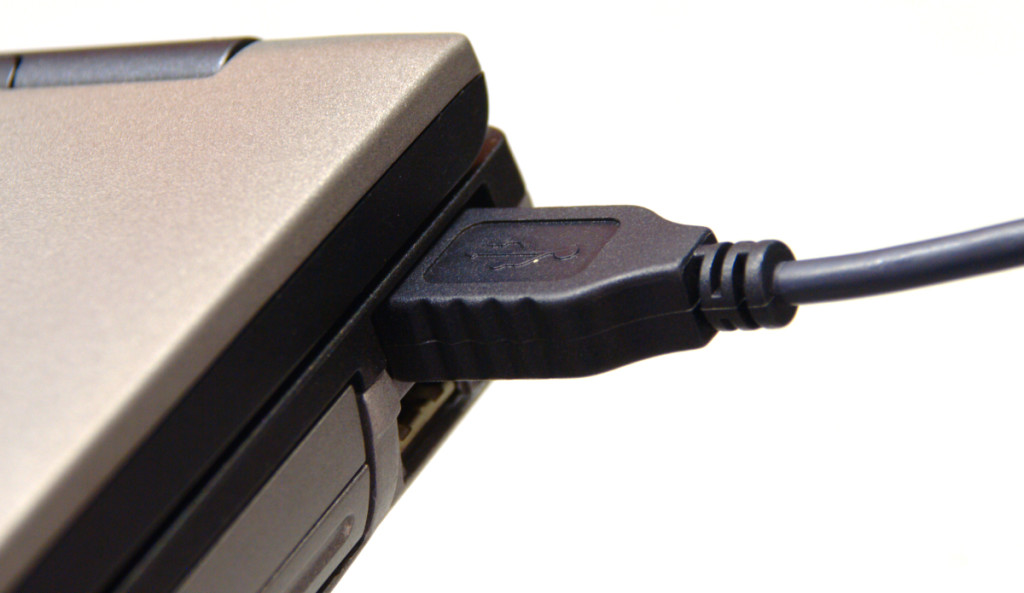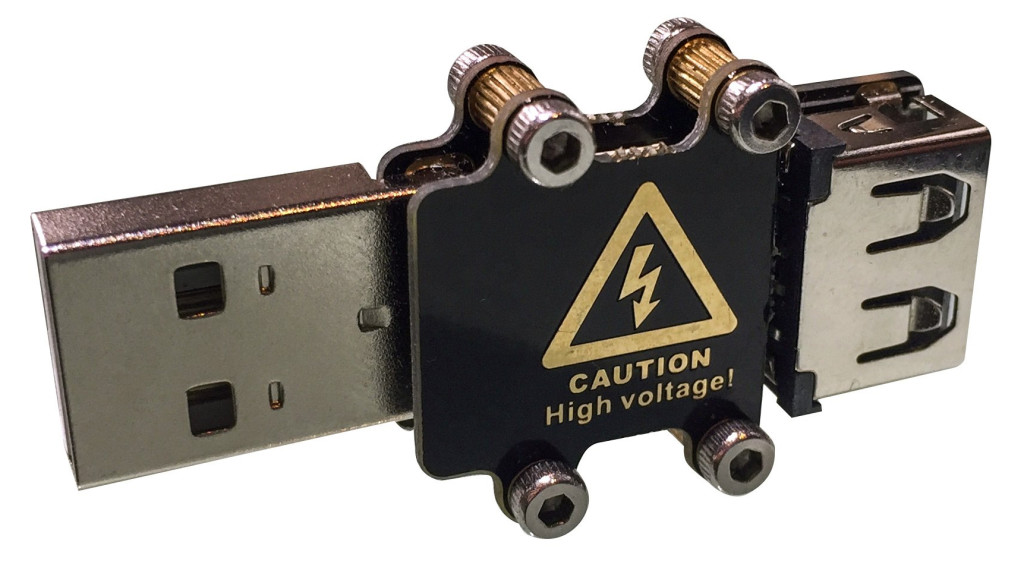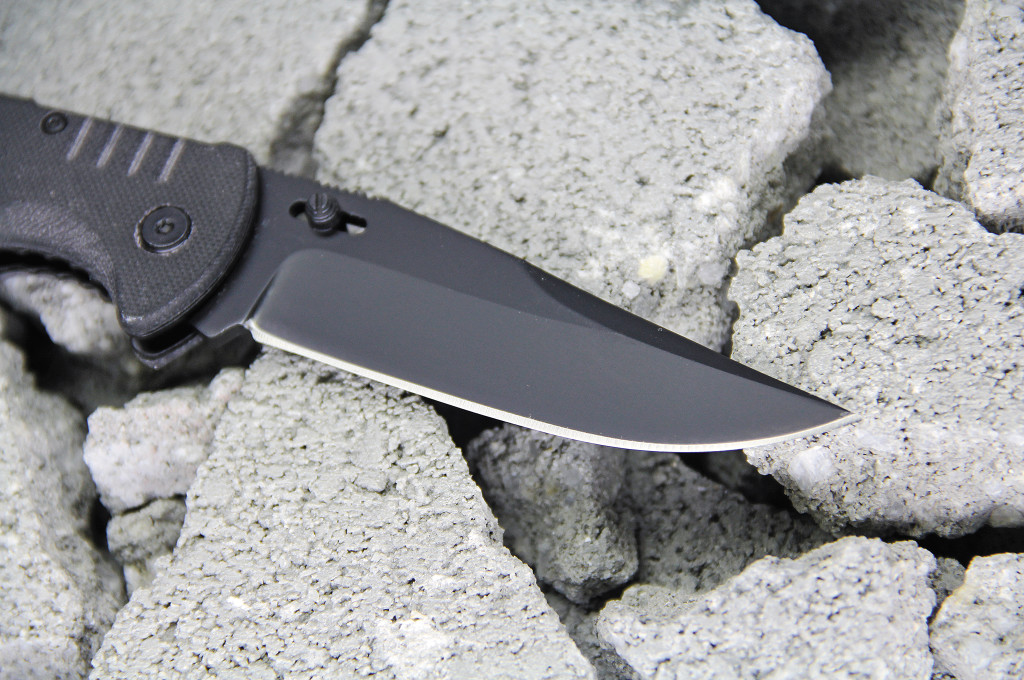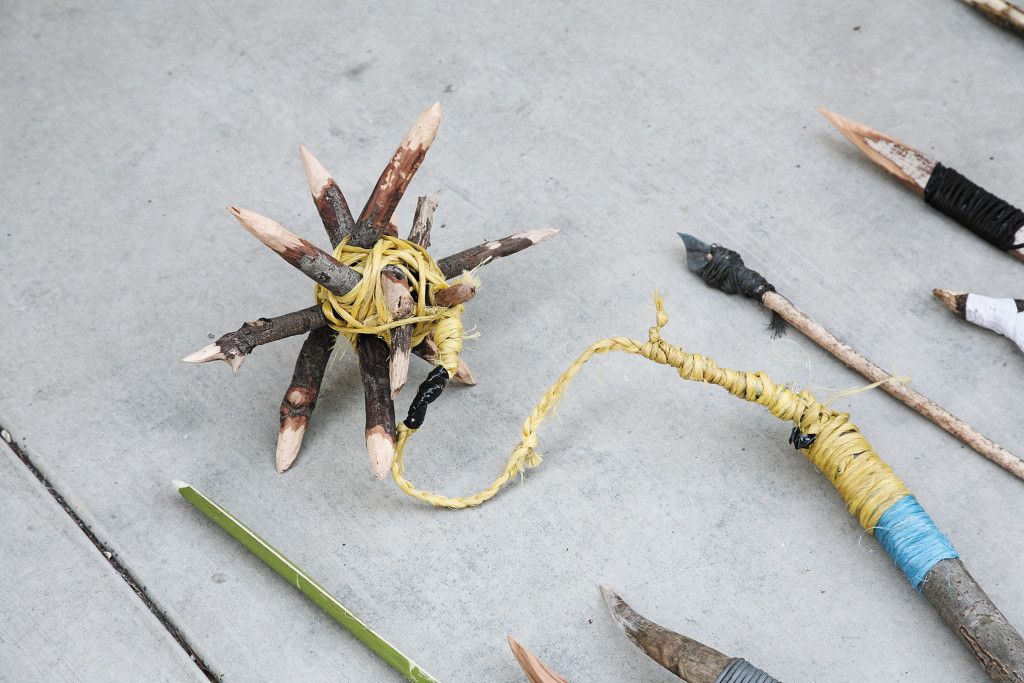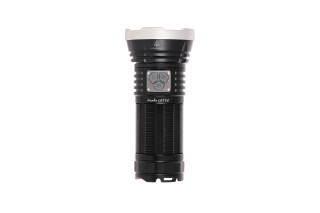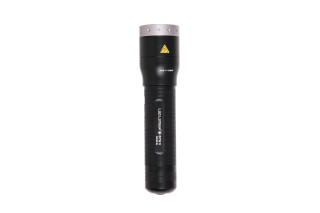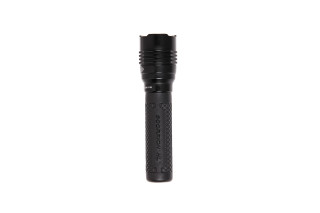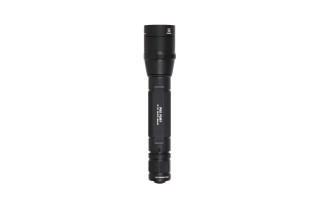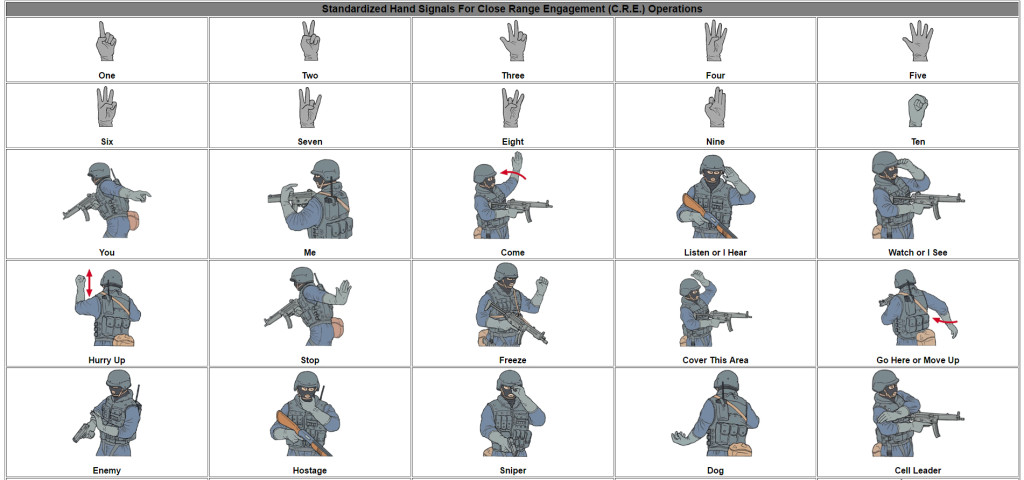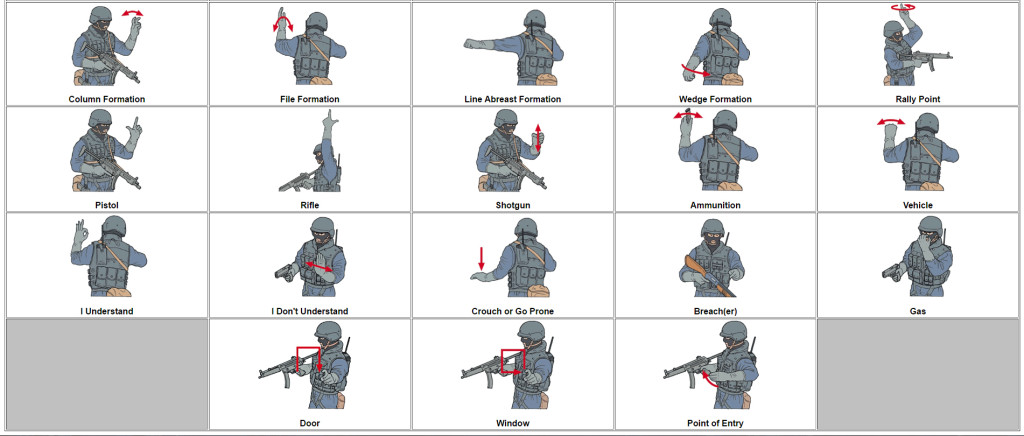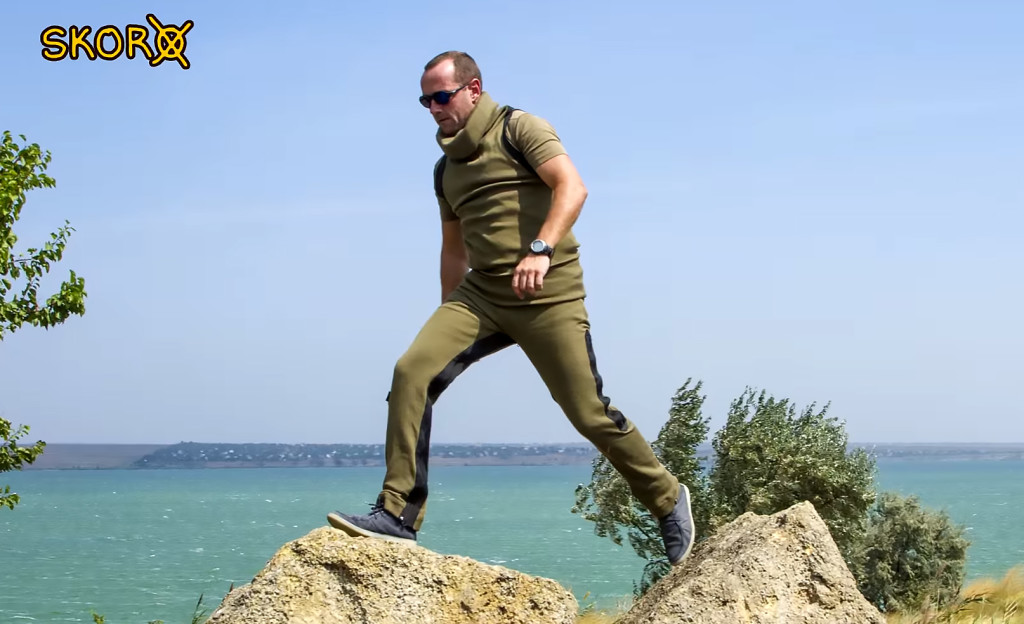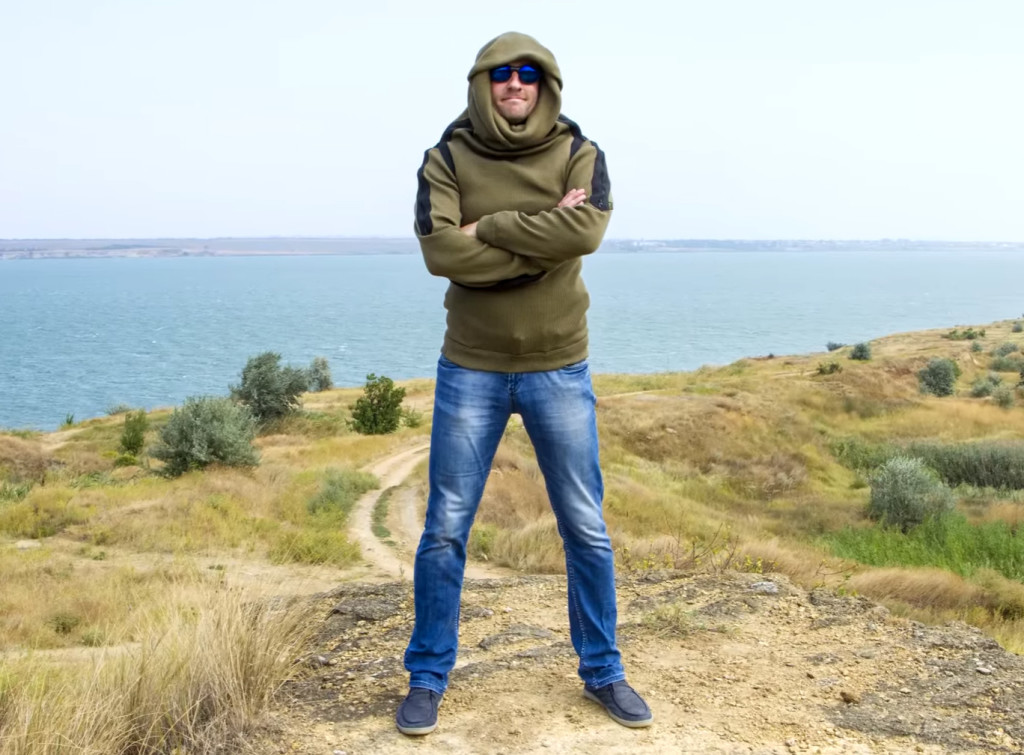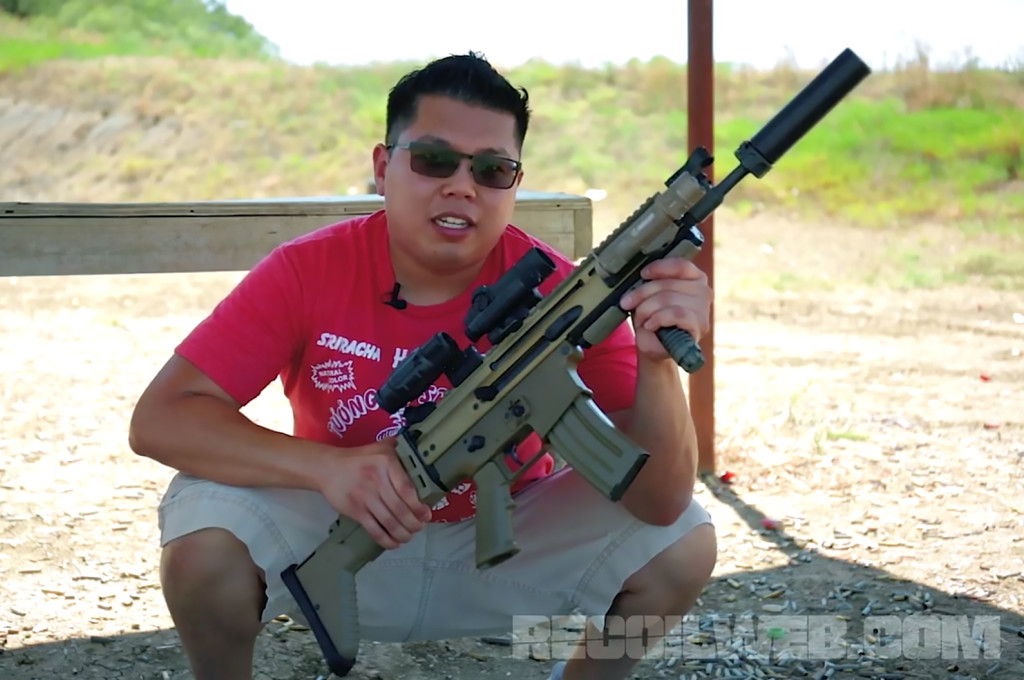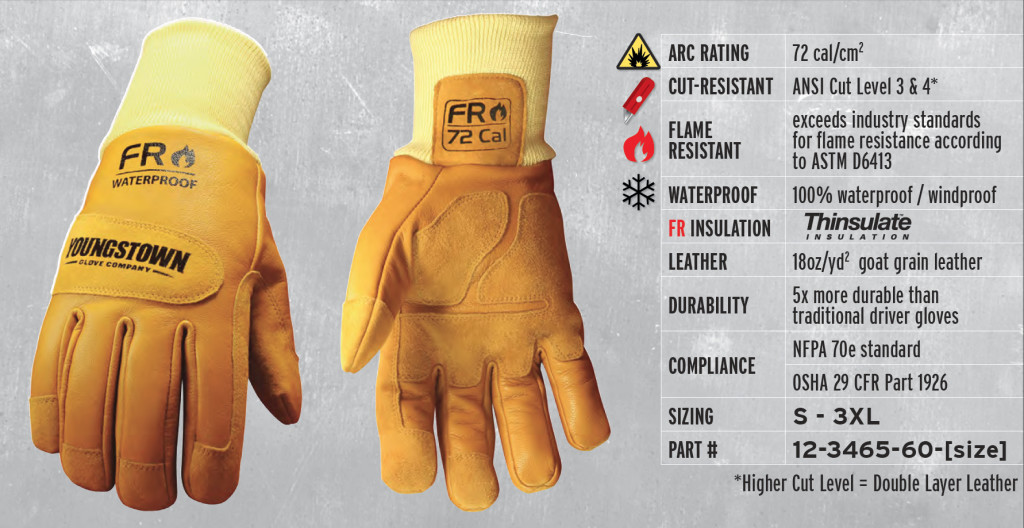Photos by Michael Garcia
In a 20-foot-wide sandpit at an old landfill site in central Maryland, I joined a group of law enforcement professionals on a cold, windy morning to study the footprints that were just made by a second team. We saw one set of tracks coming into the pit at a walking pace. They stopped at a disturbed area then moved off in a different direction — with a greater distance between steps.
As we examined the disturbed area, we found partial prints with a different lug pattern. A second party had been involved in this story. Now we knew there were two players. As we peered harder at the trails, we found marks that looked like knees and elbows, as well as enough marks to show that someone had been lying at the ground at one point.
The head instructor of the tracking course stepped forward and asked the team leader what had happened here. The team leader surmised that one subject came into the scene and met another person, whereupon the subject shot the second man and ran away. The second man fell to the ground and then crawled away. Osuna praised the team, confirming they were correct. The first team had acted out a shooting scenario, without using any fake blood or dropping brass on the ground — and the second team read these actions perfectly from just a few footprints, scuffs, and compressions on the ground.
Thus began our first day of human tracking, and it only got better from there.
Today's trackers are experts at finding anyone, be it lost hikers, fugitives, or enemy combatants. They're so good that they can even tell if a subject is right- or left-handed just by looking at footprints! But how do you learn this kind of tracking, and who's teaching it in the modern world? One of the best in the industry is Freddy Osuna from Greenside Training. A former U.S. Marine and a graduate of the USMC's Scout Sniper School, he has more than 20 years of tracking experience.
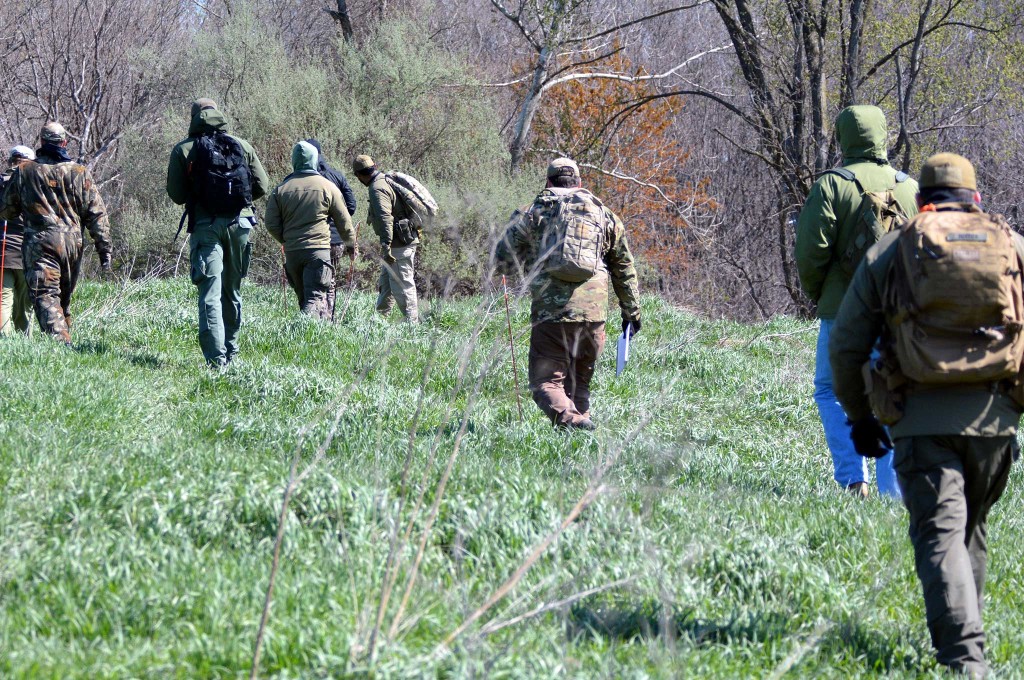
Tracking doesn't stop when the trees end and the pavement begins. This skill is about awareness, which should be...
RECOIL OFFGRID received an exclusive invitation to attend a private course taught to local law enforcement and state officials in Rockville, Maryland. And in these pages you'll find the most important concepts we learned from one of the nation's top tracking experts, presented in ways that any survivalist or preparedness-minded person can apply to daily life.
At first blush, you might just think that tracking is the art of seeing footprints and paw prints, and maybe other signs like scat or dropped items. But tracking isn't just about seeing. Anyone who's not blind can see things. Tracking is about knowing what you're seeing and what happened here. And this is how you can get started.
Tracking doesn't stop when the trees end and the pavement begins. This skill is about awareness, which should be applied in concrete jungles, too.
Lesson 1: Tracking Is Awareness
The concept: The concept: Throughout the course, Osuna and his co-instructor David Reeder (the web editor for our sister publication, RECOIL) shared and extoled the values of awareness, as both a tool and a way of life. Through stories and teaching examples, they explained that tracking and awareness are many things to many people, but ultimately they're a way to be more engaged in our lives and alert to the world around us.
The application: The ways you can use tracking (and the greater sense of awareness that it fosters) is almost limitless — and there are lessons you can apply from this in your own life every day. Being more cognizant of your surroundings is one of the primary ways you can counter predation in the modern world. This alert status makes you both safer and more lethal with the same attention to your environment. It makes your offensive and defensive capabilities more effective, and turns you from a sheep into a sheepdog. The phrase “weaponize your senses” was said more than once during this training course, and, in fact, Osuna teaches a class by that very title.
Lesson 2: Go With the (Easy) Flow
The concept: Most humans and animals share a trait that is very helpful to the tracker — they follow the path of least resistance. While it can be hard to get into an animal's head to anticipate which way they'll go next, it's much easier to get inside the head of our fellow humans and look for easy paths to travel.

Tracking is a language unto itself, so don't expect to become fluent overnight.
The application: If you want to figure out where the tracks are going to be, imagine that you're the one making them. Are you part of a search party? Those who are lost will usually go downhill and will follow waterways, because both are easier to negotiate (especially when you're scared, hungry, and dehydrated). They'll usually only go uphill to signal or to look for a vantage point to assist in navigation. On the flip side, someone who is trying to sneak around will usually stick to cover, but they'll still seek easy paths through the cover. Look for natural gaps, “gates” and “roads” in the landscape, and check them for tracks.
Lesson 3: Study the Soles
The concept: Sure, there are plenty of crisp edges in animal tracking, especially when dealing with hooved animals. But even hoof prints look organic and natural when compared to all of the crazy geometric designs used by today's boot lug designers.

Sure, any rookie can distinguish shoeprints from animal prints … but which animals? Mistaking paw prints is part...
The application: Not only are you looking for a disturbance the size and shape of a person's foot, you're also looking for the boot lugs within that track. You can do a simple tracking exercise at home. Put on some boots, go to your backyard, and step in dirt or snow (if any has fallen). Now switch to dress shoes and repeat. Then again with sneakers. After doing this a few times, take a look at the soles of your footwear and then the prints they made. Look at the variety of tread patterns. Can you distinguish them? This is just a sampling of the diversity you'll see in human tracking. By paying attention to different lug patterns in the field or in your neighborhood, you can start doing head counts on groups of people. For a more advanced exercise, see if you can follow a target subject after they've separated from the group.
Lesson 4: Anchor the Last Known Track
The concept: When human tracking, there are many different reasons you could lose a subject — and it's inevitable. This is why it's critical to keep a segment of your attention on the last known track.
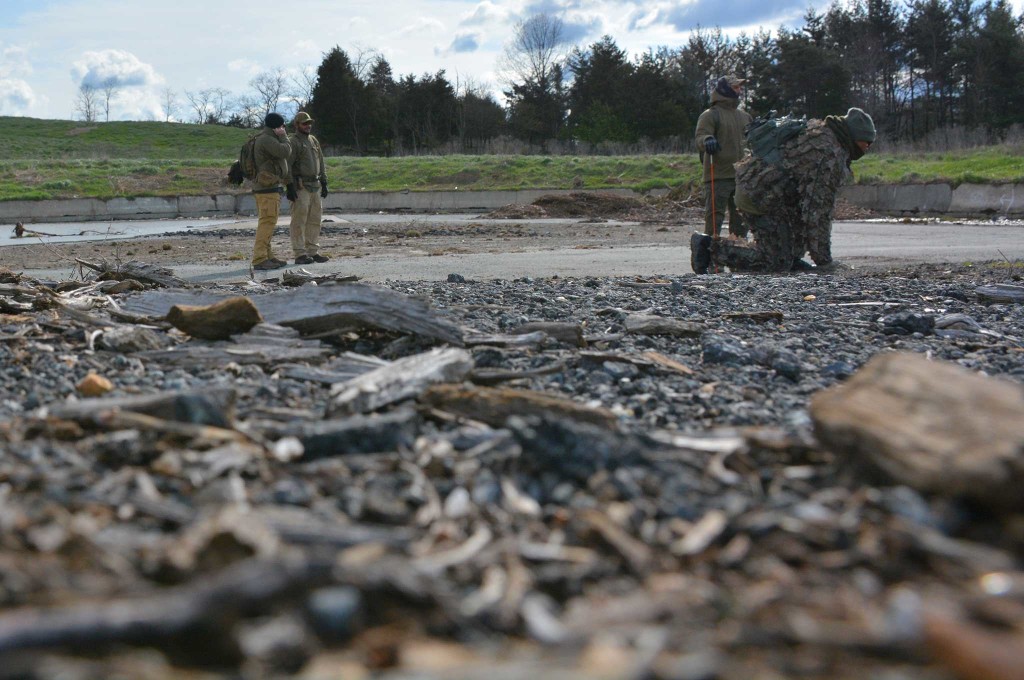
When tracking, it's easy to forget to look up. The focus should always be on what you're tracking, lest you...
The application: The last confirmed track you found — before you lost the trail — will act like an anchor. Even if the terrain changes and you're not seeing tracks, that doesn't mean that the subject floated over the area. It just means that the steps that he or she took didn't make much disturbance and are hard to see. But if you keep sight of the last clear print, and consider the direction of travel, you should be able to get back on the track at some point. And if not, you'll need to fall back onto your “lost spoor” procedure, which is a calculated approach to finding lost tracks.
Lesson 5: Stay Aware of the “Thing” at the End of the Trail
The concept: The tracks themselves are almost hypnotic, lulling us into a trance in which we can momentarily forget about the thing that made those tracks. These footprints are merely a shadow of the real thing, and the tracks themselves are harmless, but the quarry may not be.
The application: If you're using your tracking skills to harvest an animal for food or avoid a predator, there's a point in your pursuit where “tracking” ends and the hunt begins. But what if you're following a trespasser on your property, or an armed felon during a manhunt? Tracking needs to be subordinate to your awareness of the surroundings and nothing should take your focus off your personal safety or the safety of your team.
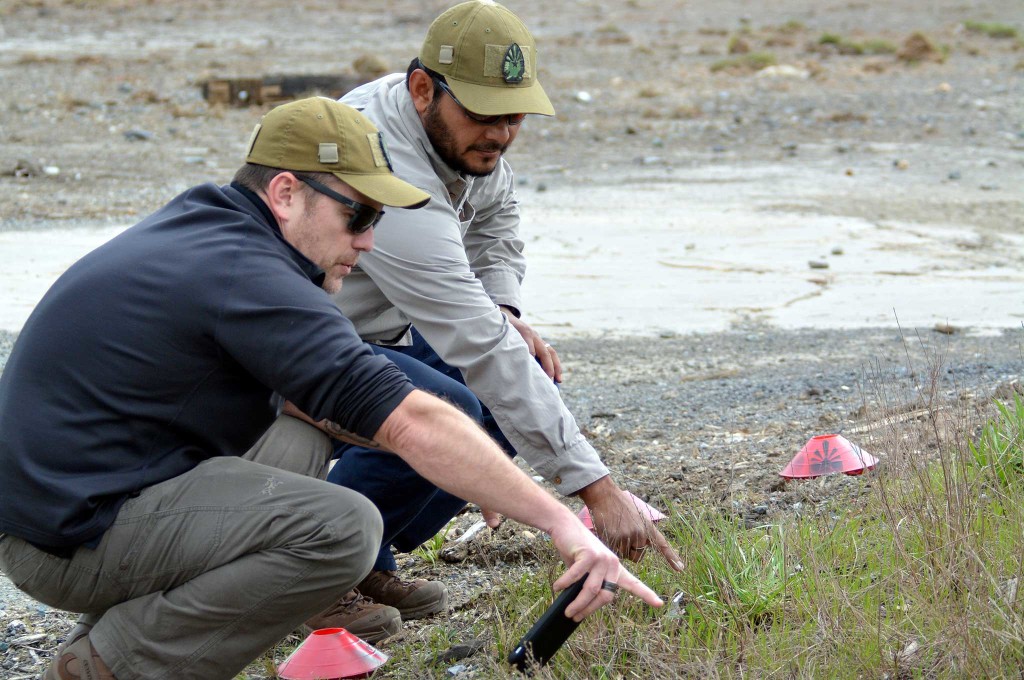
Freddy Osuna and David Reeder, left, point out some signs left behind by a subject during a tracking class for law...
Where it All Began
During a quiet moment after the day's training had wrapped, we asked Osuna why he tracks and why he chose to teach tracking to the military, law enforcement, and civilian world. Here's what he had to say: “I teach tracking because I want to give others the ability to experience the world the way I do. Through a natural curiosity I have always had, I have developed identifiable, explainable, and reproducible methods, which can improve how my students process sensory input and overall perception.
“This will greatly enhance their everyday personal and professional performance as human beings. Have you ever walked through nature and felt a pull which beckons you to go further — ‘Just a little further,' it whispers, ‘just over the next hill.' Finally your conscience wins, and you pull away from this senseless endeavor heading back to camp. What were you looking for? What was it which drove you to keep going only to meet the all-too-familiar dissatisfaction you knew was coming?
“I believe there is a void in our lives that creates this phenomenon. This void is sensory atrophy, and it is happening to humans at a faster rate than ever in history. The void is the proverbial hole in our soul, which this strange walkabout is attempting to fill. Tracking and sensory awareness training I have found is what fills this hole. It gives me a sense of completeness with my world I never thought possible. It serves me with safety and peace in the woods and equally as much in the urban jungle. Tracking and awareness is power!”

Conclusion
So what is human tracking really about? The “low-hanging fruit” answer is that it involves the interpretation of signs that a person or group left behind, and possibly following these signs to find the individuals. But you've probably read enough about the subject now to see that man tracking is far more than just following footprints. In this Greenside Training field course, I learned many creative metaphors for man tracking. They told us that tracking is a “vehicle,” “gateway,” and a “road” that takes us to greater awareness in the world.
I agree with these concepts completely, but the one that really struck a chord with me was when Osuna called tracking a “language.” I couldn't agree more. In fact, tracking may just be the first language, one written in the dirt, on the rocks, and in the vegetation — just waiting for us to learn to read its secret script and discover the hidden information that it contains.
Learning to track is part of your life's story, and the tracks you leave behind you will continue your trail — until you make your final track in this world.
Beginner's Mistakes
Nobody's perfect, and when your subject isn't standing there confirming “Oh, yeah. That's my track, here's where I stepped,” it's only natural to wonder if you're looking at a genuine track or you're simply seeing what you want to see. Keep these common mistakes in mind as you track, and they'll help you stay on the right “path.”
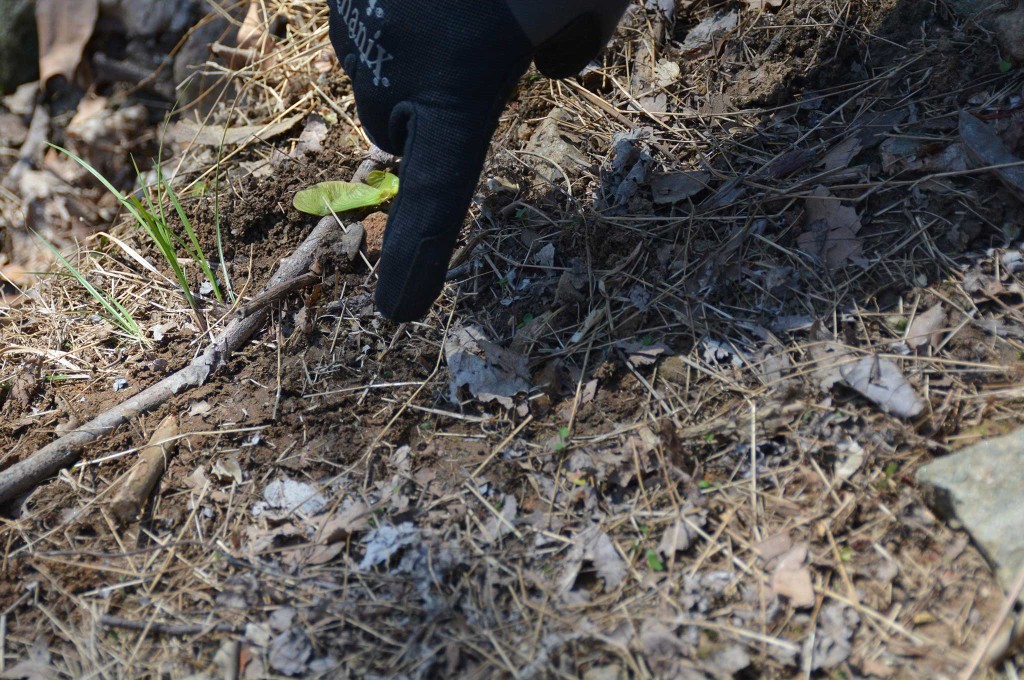
Overshooting the Last Known Track: You're on a trail, you're making great time, and you should be catching up to your guy, but then the tracks disappear. Going too fast and too far past the last known track can cause you to get off the trail completely, or worse, have you trampling all over valuable clues.
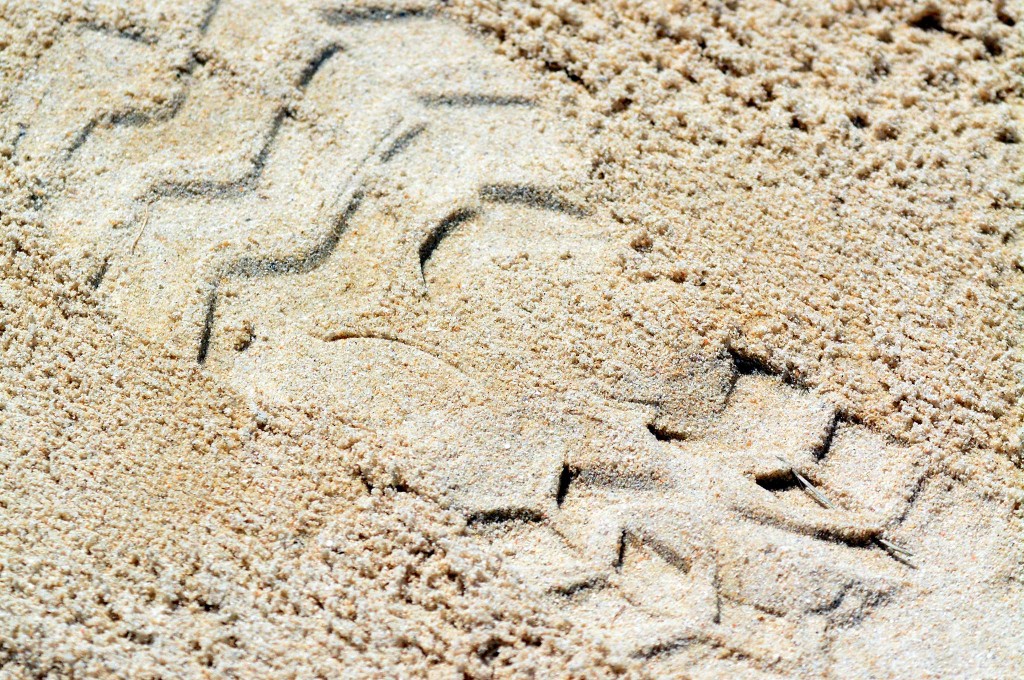
Forcing the Track: It's easy to be guilty of this one. When you're looking so hard for someone's trail, it's very common to start picking up signs from animal trails, especially when clear animal tracks aren't present to help you differentiate. Don't force the big game trail to start looking like a human's trail. You need a mixture of humility and confidence to perceive what's really there, and not make what's there fit your imagination.
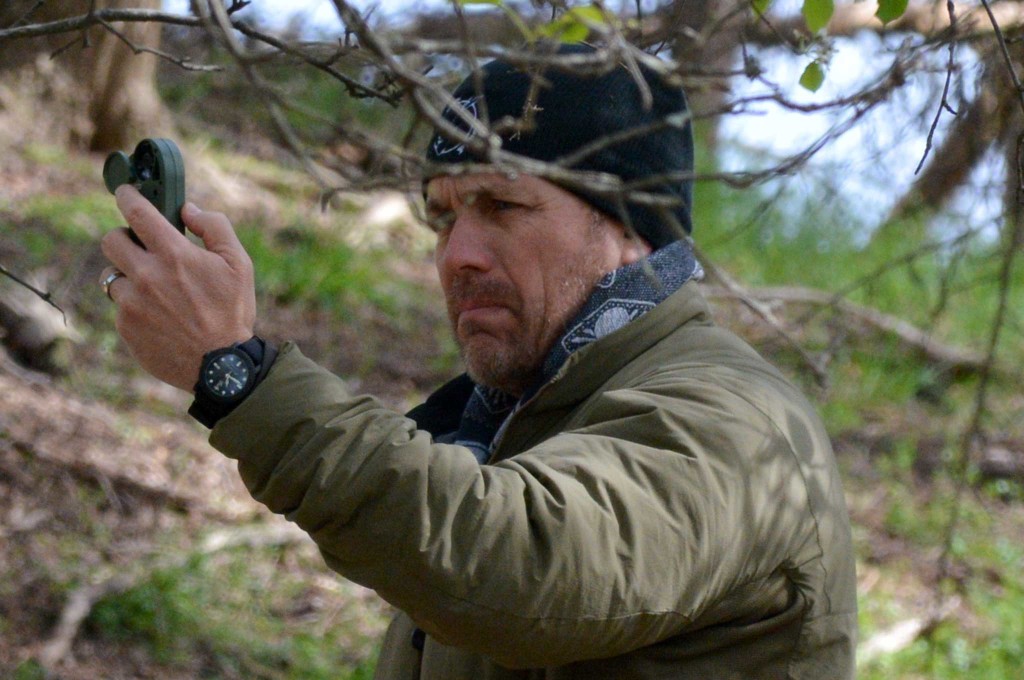
Don't Just Look at the Ground: In plenty of tracking classes, most of the group has a stiff neck by the end of day one. This is the result of a major rookie mistake, which is walking around with all your attention focused on the ground. When this is the case in human tracking, it's very likely that you'll miss aerial signs, and it's even possible that you might stumble onto your quarry (and they might not be happy to see you). A good tracker maintains situational awareness and frequently looks up from the trail.
Broken branches, bent vegetation, stones kicked from their beds, and snapped spiderwebs are all examples of aerial spoor. While they're hardly as definitive as a set of shoeprints, these subtle signs shouldn't be overlooked either. They can help you assess the age of the trail and help you find other spoor — like the footprints you've been after.
Meet the Tracker
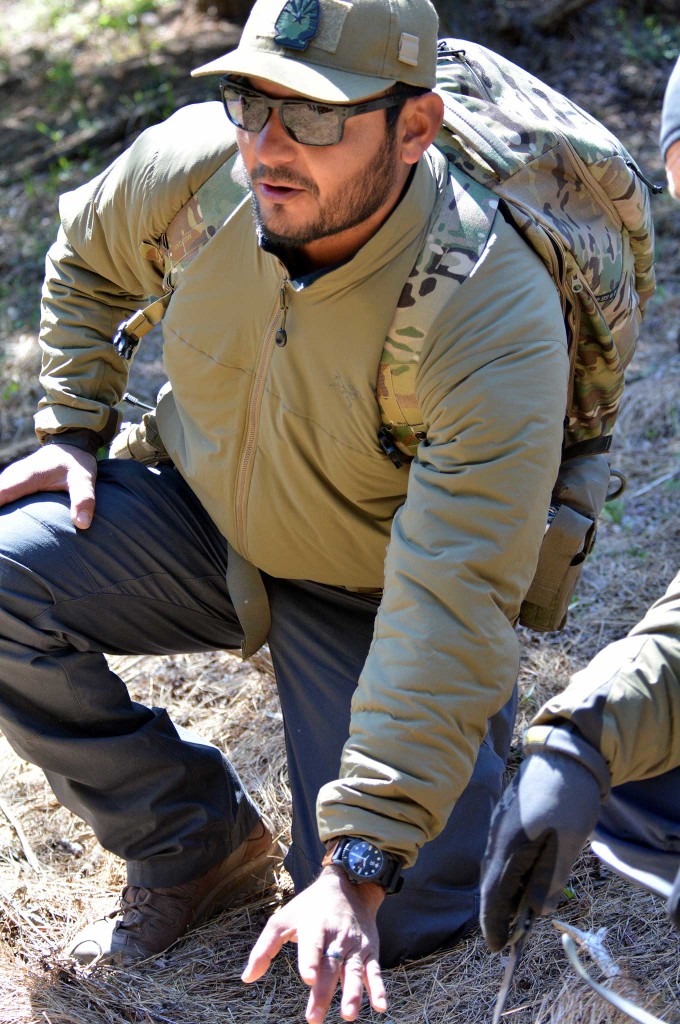
Freddy Osuna is the founder and lead instructor of Greenside Training and a combat tracking expert. Author of Index Tracking – Essential Guide to Trailing Man and Beast, he also contributes to RECOIL, RECOIL OFFGRID, Breach Bang Clear, and various other publications. A former U.S. Marine, Osuna uses knowledge based on real-world deployments and formal combat tracking instructor experience with U.S. and allied militaries, as well as with federal, state, and municipal law enforcement entities. He harnesses his Native American and Marine Corps culture to deliver holistic, powerful, and scientific-based lessons steeped in North American tracker lineage.
www.greensidetraining.com
A Quick Lesson in Counter-Tracking
We've all seen the movies and TV shows in which someone walks backward or uses a branch to “brush” away their trail. But here's the part where reality sinks in. All of this goofy Hollywood nonsense is just that, nonsense. When the average person tries to walk backward in their own tracks, or brush them flat with a stick, they make a lot more disturbance than their original trail made and are even easier to follow (plus they lost valuable time). Here's how it really should be done, based after the British counter-tracking method.

Freddy Osuna and David Reeder, left, point out some signs left behind by a subject during a tracking class for law...
- Don't step on something you can step over
- Don't cut vegetation that you can break
- Don't break anything that you can just bend
- Don't bend what you can simply move
- Don't move what you can walk through without touching
- Don't step on soft ground when something hard is an option
- Don't walk through water; it actually makes more of a disturbance
More From Issue 16
Don’t miss essential survival insights—sign up for Recoil Offgrid's free newsletter today.
Read articles from the next issue of Recoil Offgrid: Issue 17
Read articles from the previous issue of Recoil Offgrid: Issue 15
Check out our other publications on the web: Recoil | Gun Digest | Blade | RecoilTV | RECOILtv (YouTube)
Editor's Note: This article has been modified from its original print version for the web.

